Automotive
The automotive industry is evolving fast. As industry trends like autonomous driving, on-board connectivity, and hybrid/electric vehicles continue to drive innovation, agility-minded automotive companies are turning to Protolabs to accelerate new product development and get to market faster. With quick-turn digital manufacturingdan automated manufacturability feedback, designers and engineers can mitigate design and cost risks while developing a more responsive supply chain to better react to driver and passenger demand for more customized vehicles.
Why kaitomould for Automotive Development?
Pembuatan Prototipe Cepat
Mitigate design risk through rapid iteration and prototyping in production materials without sacrificing development speed.
Supply Chain Flexibility
Get on-demand support for line-down emergencies, part recalls, or other supply chain disturbances in your production plants by using automated quoting, rapid tooling, and low-volume production parts.
Quality Inspections
Validate part geometry with several quality documentation options. Digital inspection, PPAP, and FAI reporting are available.

Mass Customization
Implement low-volume manufacturing to enable more diverse and customized automotive features that are tailored to modern drivers.
Tooling and Fixtures
Improve manufacturing processes to create greater automation and streamlined component assembly with custom fixturing.
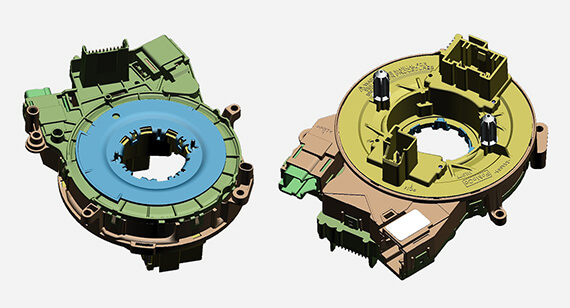 The renderings show top and bottom views of ZF’s intricate clock spring assembly.
The renderings show top and bottom views of ZF’s intricate clock spring assembly.
A Front Seat on Driving Innovation with ZF
Steering column control modules now integrate an expanding variety of functions into the steering wheel, offering drivers a host of functions for both safety and convenience. Providing connectivity between all of those helpful buttons and switches and the functions they control—from the turn signals and wipers to cruise control and even heating the steering wheel itself—is the job of the clock spring, a plastic disc about the size of a hockey puck that sits hidden under the steering wheel within the steering column control module. See how digital manufacturing helped reduce product development time for global tech companies Kaito Mould.
What Materials Work Best for Automotive Applications?
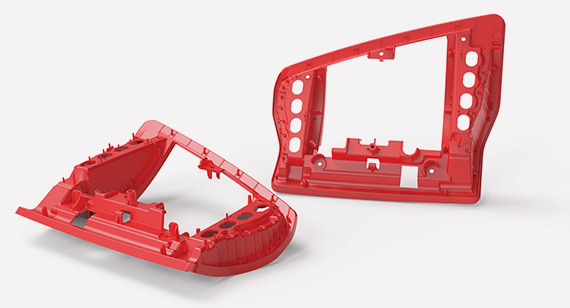
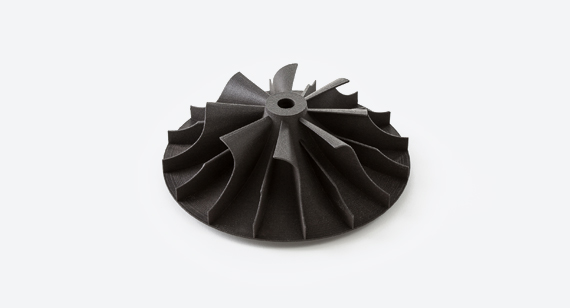
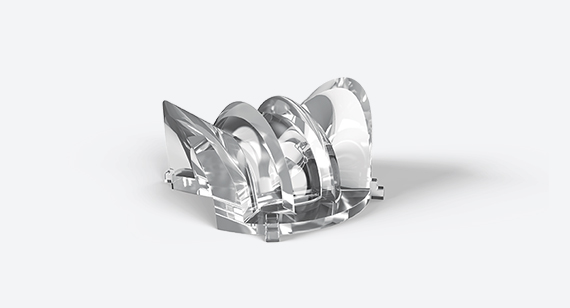
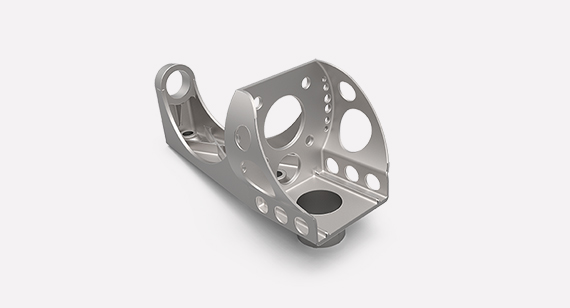
COMMON AUTOMOTIVE APPLICATIONS
Our digital manufacturing capabilities accelerate the development of a range of metal and plastic automotive components. A few of common automotive applications include:
- Assembly line components
- Fixtures
- Enclosures and housings
- Plastic dash components
- Aftermarket parts
- Armatures
- Lenses and lighting features
- Support for on-board consumer electronics

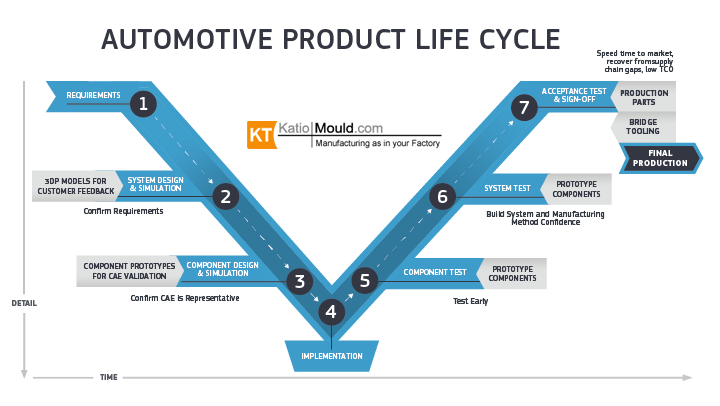 Click to enlarge
Click to enlarge

